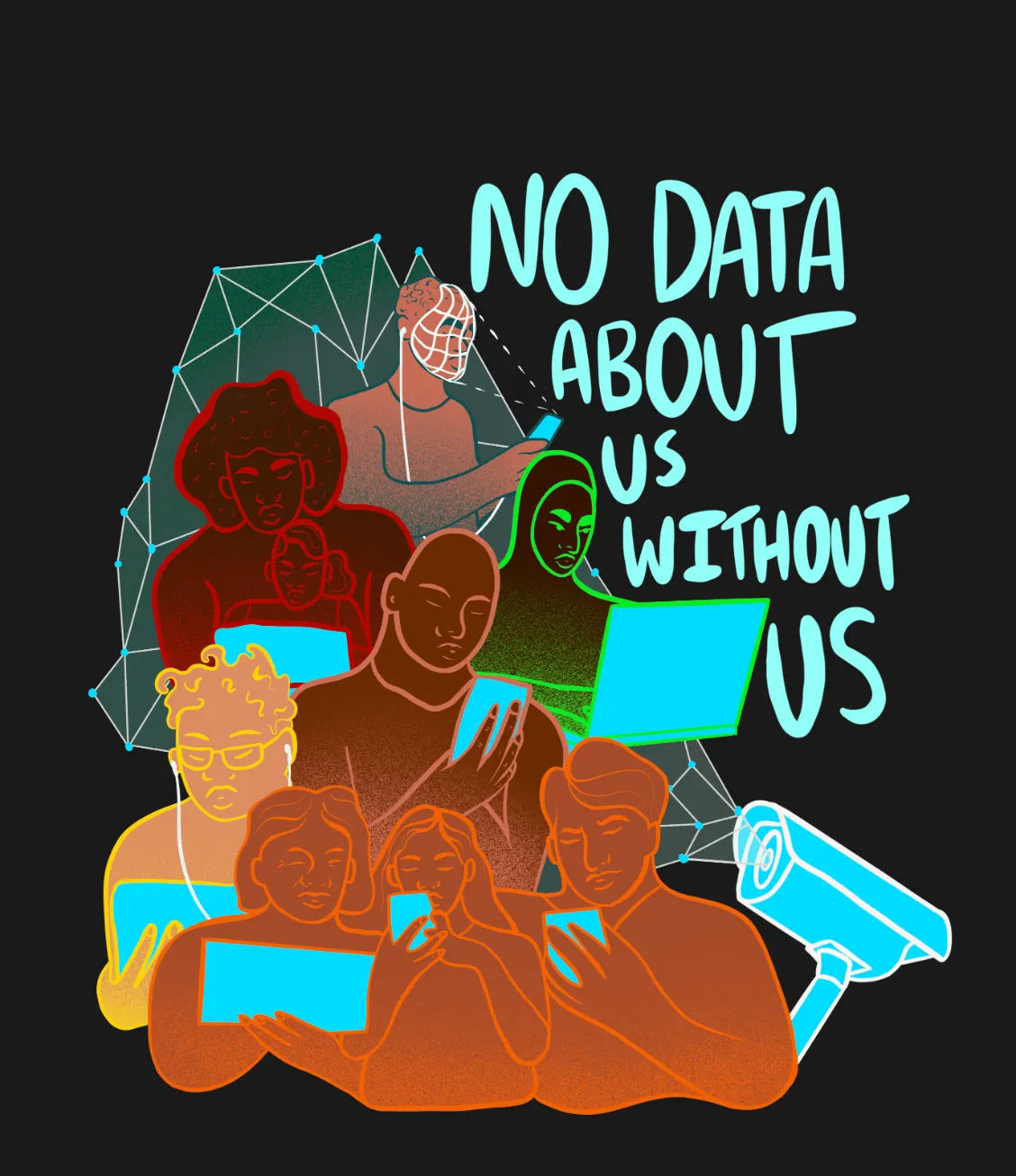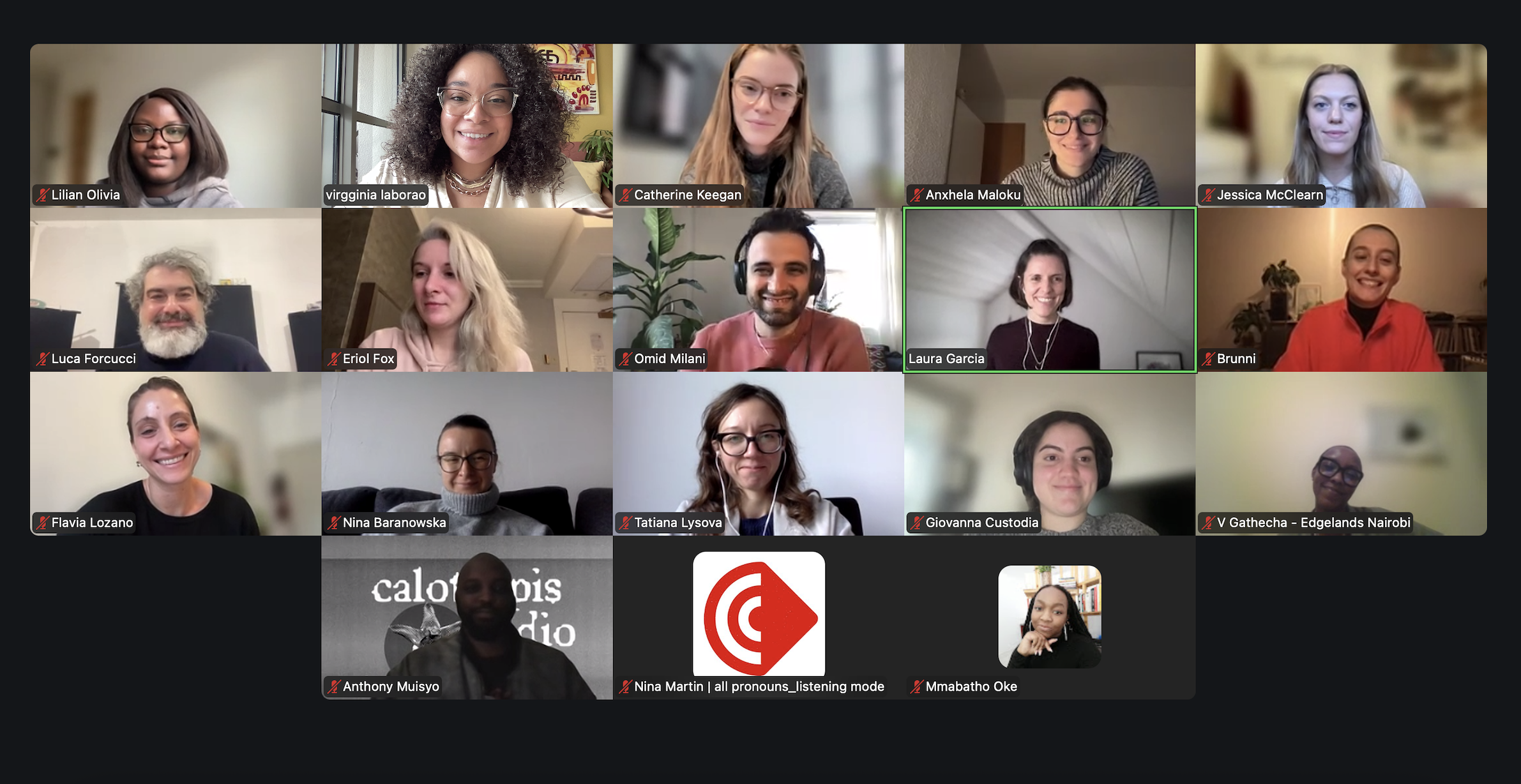Insights from Social Lab Cúcuta
In March 2023, a Social Laboratory was established in Cúcuta. The meetings aimed to assess Cúcuta's current security situation, address challenges, and explore the potential impact of digital security solutions while working towards a practical proposal for the city.

SPANISH BELOW
During the month of March we implemented a Social Laboratory in Cúcuta with the Mi Sangre Foundation. The objective of this space was to rethink the social contract of the city from the perspective of security, surveillance and coexistence with representatives of the public and private sectors, social organizations and young people of the city. During these meetings we aimed to identify the current state of security in Cúcuta, highlight some challenges and analyze the impact that could bring the digitization of security to think of a feasible proposal in the city.
To identify the actors involved in the security and surveillance ecosystem of the city, we conducted a social presence theater. The dynamics sought to identify the actors, the role they were currently playing in the city and the way they were relating to others. Having a real image from the personification of the actors, the power relations were dispersed, there was a lack of articulation between the institutional actors and between the social and private sectors. Citizenship actors such as community mothers, artists and migrants find themselves in a position of insecurity as they walk and live the streets day by day, without the support and backing of actors such as the mayor's office or the police.
In the second part of the exercise we recreated an ideal theater, that is, how the actors should be situated in relation to height, distance and position between them. In this ideal plane, public and private actors are coordinated to seek the protection of civil and social sectors that are considered vulnerable due to the multiple conditions that provide insecurity in the city. We interconnect government and business actors to generate better social conditions and thus create employment and opportunities. The use of security technologies such as cameras was highlighted as a tool of great utility in this ecosystem, but the importance of having knowledge about their scope, effectiveness and possible ethical challenges was emphasized.
Then in a sculpture activity we prioritized the problems that the city must face in relation to security. The problems identified were:

- Use, bonding and recruitment of Children and Adolescents
- Gender violence
- Right to the city
- Child migration
- Trafficking in persons
- Sexual and commercial exploitation of Children and Adolescents
- Theft from persons
- Homicide
After the identification, we set ourselves the task of thinking about some of the reasons why we had this type of problem in the city. Among the causes we discussed were: the presence of armed groups involved in the armed conflict in the country, border dynamics that exceed the city's capacities, the lack of knowledge about the dynamics of the neighborhoods, the lack of institutional coordination, xenophobia towards Venezuelan migrants, distrust towards institutions and the lack of data management on the state of the city. This is why, in teams, sculptures were made portraying these problems and a possible solution thought from the collective knowledge and finding new ways to interact.

To conclude the laboratory, we had to think and create concrete actions to which we could commit ourselves. Coincidentally, most of the participants came to the conclusion that the city needs an information system that unifies data from all government agencies and that can be fed with citizen data. This system would allow administrations to make evidence-based decisions and provide real answers to current problems.
------------------------------------
Durante el mes de marzo implementamos un Laboratorio Social en Cúcuta con la Fundación Mi Sangre. El objetivo de este espacio fue repensar el contrato social de la ciudad desde la seguridad, vigilancia y convivencia con representantes del sector público, privado, organizaciones sociales y jóvenes de la ciudad. Durante estos encuentros teníamos como objetivo identificar el estado actual de la seguridad en Cúcuta, resaltar algunos retos y analizar el impacto que podría traer la digitalización de la seguridad para pensar una propuesta realizable en la ciudad.
Para identificar los actores involucrados en el ecosistema de seguridad y vigilancia de la ciudad, realizamos un teatro de presencia social. La dinámica buscaba identificar los actores, el rol que actualmente estaban cumpliendo en la ciudad y la forma en la que se estaban relacionando con los otros. Teniendo una imagen real desde la personificación de los actores, las relaciones de poder se notaron dispersas, se evidencia falta de articulación entre los actores institucionales y entre el sector social y privados. Los actores de la ciudadanía como madres comunitarias, artistas y migrantes se encuentran en una posición de inseguridad al recorrer y vivir las calles día a día, sin tener el soporte y respaldo de actores como la alcaldía o policía.
En la segunda parte del ejercicio recreamos un teatro ideal, es decir, cómo deberían estar situados los actores en relación a altura, distancia y posición entre ellos. En este plano ideal, los actores públicos y privados están coordinados para buscar la protección de los sectores civiles y sociales que se consideran vulnerables por las múltiples condiciones que proporcionan inseguridad en la ciudad. Realizamos una interconexión entre actores de gobierno y empresas para generar mejores condiciones sociales y así crear empleo y oportunidades. El uso de tecnologías para la seguridad como las cámaras se resaltó como una herramienta de grandes utilidades en este ecosistema pero se resaltó la importancia de tener conocimiento sobre su alcance, eficacia y posibles desafíos éticos.
Luego en una actividad de esculturas priorizamos los problemas que la ciudad debe enfrentar en relación con la seguridad. Los problemas identificados fueron:

- Uso, vinculación y reclutamiento de Niños y Adolescentes
- Violencia de género
- Derecho a la ciudad
- Migración infantil
- Trata de personas
- Explotación sexual, comercial de Niños, Niñas y Adolescentes
- Hurto a personas
- Homicidios
Tras la identificación, nos dimos a la tarea de pensar alguna de las razones por las que en la ciudad teníamos este tipo de problemas. Entre las causas que debatimos se mencionaron: La presencia de grupos armados involucrados en el conflicto armado del país, las dinámicas de frontera que sobrepasan las capacidades de la ciudad, el poco conocimiento que se tiene sobre las dinámicas de los barrios, la falta de coordinación institucional, la xenofobia hacia los migrantes venezolanos, la desconfianza hacia las instituciones y la falta de manejo de datos sobre el estado de la ciudad. Es por esto que, en equipos, se lograron realizar esculturas retratando estos problemas y una posible solución pensada desde el conocimiento colectivo y encontrar nuevas maneras de interactuar.

Para finalizar el laboratorio teníamos que pensar y crear acciones concretas con la cual nos pudiéramos comprometer. Casualmente la mayoría de los participantes llegamos a la conclusión de que la ciudad necesita un sistema de información que unifique los datos de todas las dependencias de la administración y que se pueda nutrir con datos ciudadanos. Este sistema permitiría que las administraciones tomen decisiones basadas en evidencias y que den respuestas reales y acordes a los problemas actuales.



